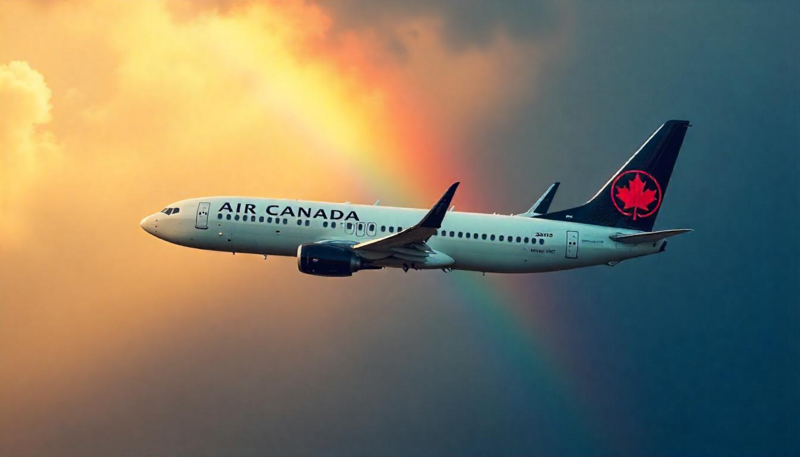How Air Canada Pilots Narrowly Avoided a Catastrophic Crash at San Francisco Airport - Travel And Tour World
Sunday, June 15, 2025

In what could have been one of the deadliest aviation accidents in history, Air Canada pilots successfully avoided a disaster at San Francisco International Airport in 2017. This event, which occurred on July 7, 2017, is now remembered as a near-miss that could have resulted in significant loss of life had it not been for the quick actions of the flight crew. Following the incident, a thorough investigation by the National Transportation Safety Board (NTSB) revealed multiple safety concerns, prompting crucial changes in the aviation industry.
The Air Canada near-miss unfolded when Flight 759, an Airbus A320, was attempting to land at San Francisco International Airport (SFO). The aircraft, carrying 140 passengers, was cleared for landing on Runway 28R. However, due to pilot error, the plane was mistakenly aligned with Taxiway C, which was already occupied by four aircraft waiting for takeoff. The plane came dangerously close to landing on the taxiway, descending to just 100 feet above the ground as it passed over one of the waiting planes.
In a tense moment, the flight crew decided to initiate a go-around maneuver, avoiding a potential disaster just moments before it could have occurred.
The NTSB’s investigation into the incident revealed that several factors played a role in this close call. Key findings include:
While the air traffic control (ATC) team at SFO cleared Air Canada Flight 759 to land, they failed to notice the aircraft’s misalignment until a pilot on the ground made a radio call, alerting them to the situation. The ground pilot, who saw the aircraft approaching the taxiway instead of the runway, warned ATC by saying, “Where’s this guy going? He’s on the taxiway.”
Once the alert was made, the tower immediately ordered a go-around, averting a catastrophic collision. However, this incident revealed significant vulnerabilities in ATC monitoring, especially during high-traffic, late-night operations.
Following this near-miss, both Air Canada and regulatory bodies took steps to address the safety gaps exposed by the incident. Key safety reforms include:
This incident serves as a reminder of the narrow safety margins in aviation. While technological advancements, such as automated landing systems and real-time monitoring, are continuously improving, the human element remains crucial in preventing disasters. Proper training, effective communication, and fatigue management are vital to ensuring air safety.
The Air Canada near-miss is a stark reminder that even routine flights can turn into potential disasters without the proper precautions in place. It also highlights the need for ongoing vigilance as air traffic increases worldwide. As airports like San Francisco International Airport continue to handle large volumes of flights, safety measures must evolve to address new challenges.
The 2017 Air Canada near-miss was a close call, but thanks to quick thinking from the flight crew, a potential tragedy was avoided. The changes made to aviation safety procedures in the wake of this incident have made air travel safer for everyone. By focusing on both technological advancements and human factors like communication and training, the aviation industry continues to improve, learning from past mistakes to prevent future disasters.









